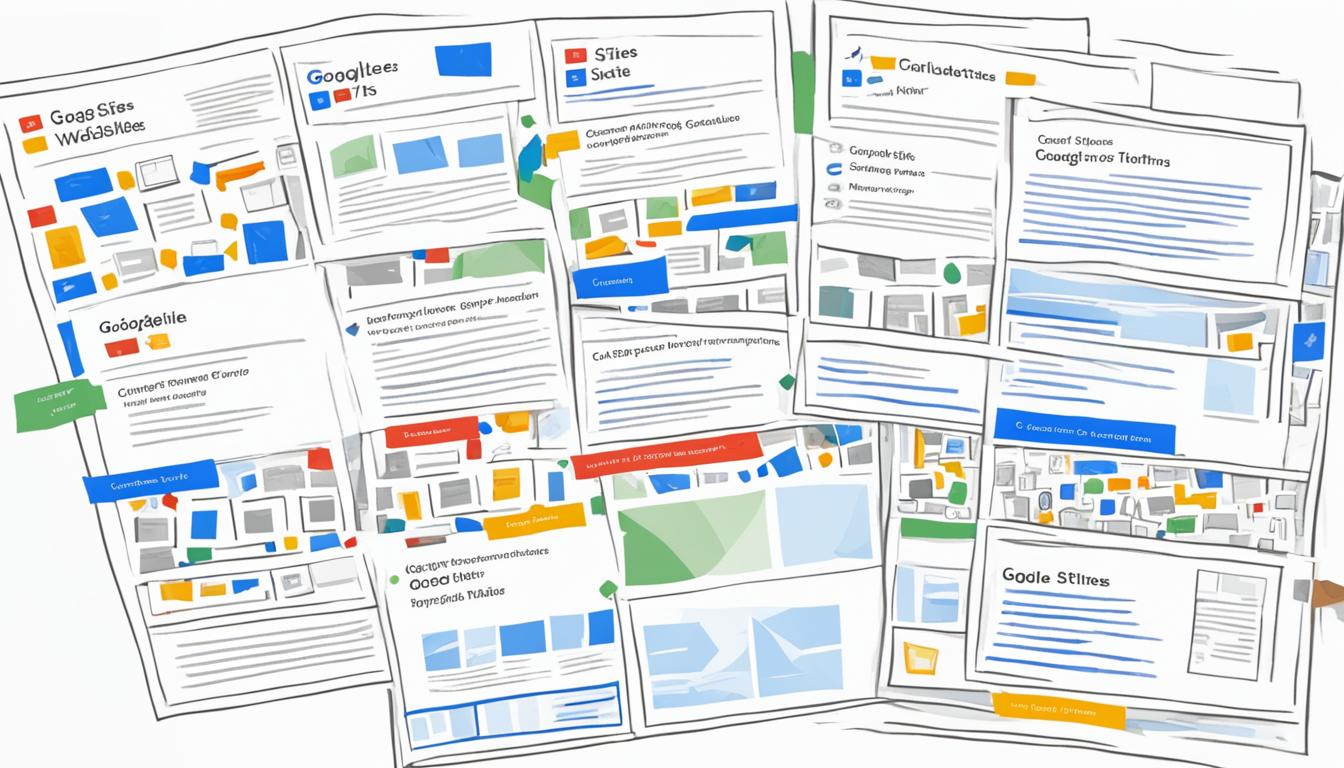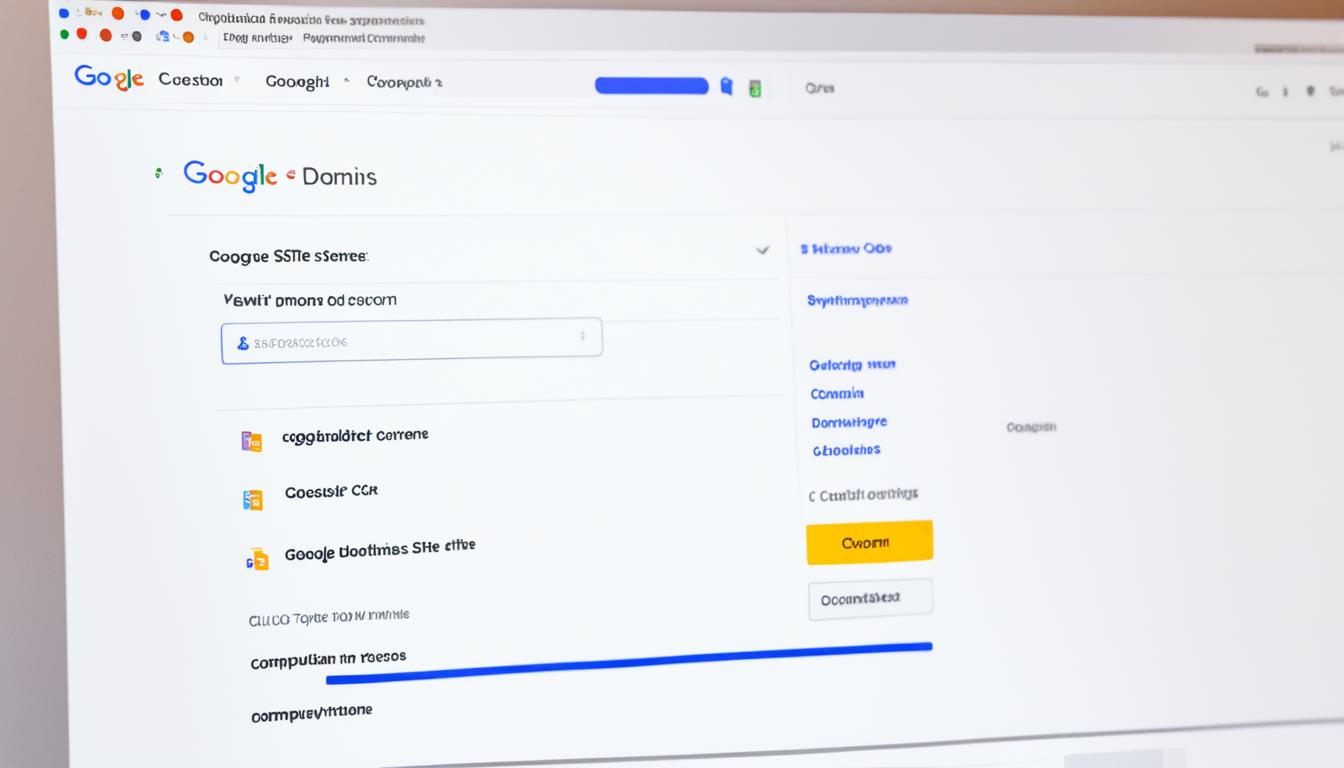WeBS Online – How to submit a casual count
Did you know that the Wetland Bird Survey (WeBS) is a vital monitoring scheme for non-breeding waterbirds in the UK? Each month, dedicated volunteers participate in WeBS counts at designated sites, contributing invaluable data for the conservation of waterbird populations and wetland habitats.
If you want to make a difference and contribute to this important survey, it’s crucial to know how to submit a casual count. In this article, I will guide you through the process of submitting a casual count online through WeBS Online. Whether you’re an avid bird watcher or simply passionate about conservation, your count can make a significant impact.
Key Takeaways:
- To submit a casual count, contact the WeBS Local Organiser (LO) for your region to ensure your preferred site is available.
- Include accurate information such as the total count of waterbird individuals, date and time of the count, and a map of the count area if not already on record.
- Record all waterbird species, including rare or introduced ones, and focus on a specified area of wetland habitat.
- Synchronize counts with other sites to avoid double-counting or missing birds.
- Timing is crucial, with estuarine sites counted around high tide and inland sites in the morning when species are most active.
Methodology and Counting Techniques
WeBS Core Counts play a vital role in the Wetland Bird Survey (WeBS) by adhering to specific counting methodologies and techniques. These counts are conducted once a month and aim to provide accurate data on waterbird populations within designated areas of wetland habitat.
When conducting WeBS Core Counts, it is essential to capture a total count of individuals across all waterbird species. The counts should be as accurate as possible, and the level of accuracy should be documented. Additionally, providing a map of the count area helps ensure consistency and enables precise data collection.
The timing of the counts is crucial for accurate results. At estuarine sites, the counts should be carried out around high tide when species are more likely to be present. Inland sites, on the other hand, are best counted in the morning when waterbirds are most active.
Consistency is key in WeBS Core Counts. It is important to cover the same area during each count to facilitate meaningful comparisons and track long-term trends. If any changes to the count area boundaries are necessary, they should be discussed and documented in collaboration with the WeBS Office.
WeBS Core Counts serve the purpose of estimating national population numbers and monitoring bird population trends. However, they can also provide valuable data on specific species of interest. Supplementary counts of selected species can be conducted alongside the core counts to gather additional information.
When conducting WeBS Core Counts, it is essential to have the necessary equipment for accurate observations. This includes binoculars and a telescope for distant identification, a tally counter for precise counting, a dictaphone for recording observations, a map of the count area, a notebook for documenting data, and two pencils for redundancy.
Hiring Casual Workers
When it comes to staffing temporary positions within a department or agency, hiring casual workers can be an efficient solution. Casual workers are not considered employees of the department in which they are hired, and they are not subject to the Public Service Employment Act (PSEA). The hiring process for casual workers may differ from the regular appointment processes for permanent positions, providing flexibility to both the department and the workers.
Casual workers can be hired on a part-time basis, allowing for greater adaptability in meeting staffing needs. There may also be exceptions to the 90 working day maximum for casual employment, enabling departments to retain skilled workers for longer durations as needed. Casual workers are not required to pay union dues and are not covered by collective agreements.
The authority to hire casual workers lies with the department, and there are specific conditions of employment that must be met. When hiring a casual worker, a letter of offer is typically issued, outlining the terms and conditions of employment. The pay rate for casual workers is determined based on various factors, such as the nature of the position, required skills, and market standards.
While casual workers may not have the same benefits as permanent employees, they are entitled to certain rights. Casual workers are eligible for vacation leave, sick leave, and bereavement leave based on the duration of their employment. Additionally, they may be eligible for remuneration for overtime work, ensuring fair compensation for their additional hours.
It’s important to note that casual workers are subject to the Workforce Adjustment Policy, which allows for termination without notice under certain conditions. This policy ensures that departments can adapt to changing organizational needs while still providing appropriate protections for casual workers.

Overall, the flexibility and adaptability of hiring casual workers can be beneficial for departments and agencies seeking temporary staffing solutions. By understanding the hiring process and the conditions of employment, both employers and casual workers can establish mutually beneficial working arrangements.
Casual Workers and Classification
When it comes to casual workers, a specific job classification is not always necessary. These workers can be hired for various positions within a department or agency, providing flexibility for organizations. However, there may be instances where a classification is required for certain roles, especially when hiring a casual worker for an executive (EX) position.
In such cases, the position may need to be classified to ensure proper designation and alignment with the department’s authorized baseline of EX-04 and EX-05 positions. This classification process helps the organization maintain accurate records and accountability for casual workers in executive positions.
It’s important to note that casual workers are not required to meet the official language requirements of a job. Unlike regular employees, they do not need to take the official language test to confirm their bilingual abilities. This flexibility allows organizations to hire casual workers without imposing language proficiency requirements that may not be essential for temporary roles.

| Position | Classification |
|---|---|
| Casual Worker | N/A |
| Executive (EX) | EX-04 or EX-05 |
As seen in the table above, while casual workers do not require job classifications in most cases, executive positions may need specific classifications to align with organizational frameworks and policies. This ensures proper management and adherence to authorized position levels for casual workers in executive roles.
By understanding the flexibility and considerations around job classifications for casual workers, organizations can effectively utilize and manage their temporary workforce while meeting operational needs.
Additional Information and Resources
For more information on casual workers and the hiring process, it is recommended to consult the relevant department or agency’s policies and guidelines. These resources can provide specific details on the conditions of employment, entitlements, and procedures for hiring casual workers.
Additionally, the department’s Human Resources department or the WeBS Office can provide further assistance and guidance for submitting casual counts online. They have the expertise and knowledge to answer any questions or concerns you may have.
Familiarizing yourself with the relevant information and resources is essential to ensure a smooth and accurate process for submitting casual counts. By being well-informed, you can confidently contribute to WeBS and help in the conservation of waterbird populations and wetland habitats.
FAQ
How do I submit a casual count online?
What is the methodology for WeBS Core Counts?
How does the hiring process for casual workers work?
Do casual workers have specific job classifications?
Where can I find additional information and resources for casual workers and casual count submission?
- How Strategic SEO Drove Growth for a CPAP E-commerce Brand - July 24, 2025
- Top 3 SEO Companies in Toronto: An Analytical Comparison - July 23, 2025
- SEO for Entry Door Services - April 24, 2025





















Post Comment
You must be logged in to post a comment.